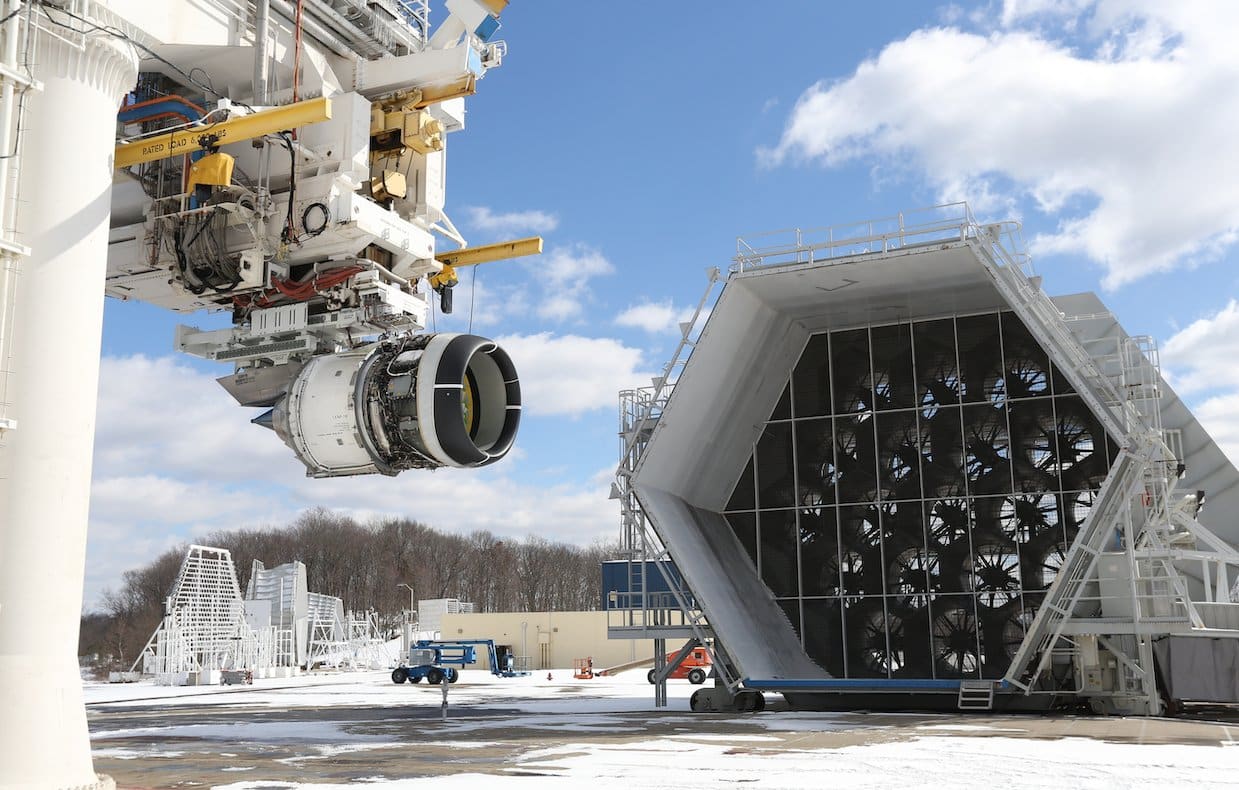Aerospace
GE Aerospace extends contract with Tata Advanced Systems for aircraft engine components
GE Aerospace extends its contract with Tata Advanced Systems for aircraft engine components.

The manufacturing agreement between GE Aerospace and Tata Advanced Systems has been extended, and as a result, several commercial aircraft engine components will continue to be produced and supplied to GE’s global engine manufacturing facilities.
American Airlines Makes Equity Investment in Universal Hydrogen(Opens in a new browser tab)
According to an official statement issued on Friday, the multi-year long-term contract is worth more than USD 1 billion and demonstrates GE Aerospace and Tata Advanced Systems’ growing relationship in the aerospace industry. The Tata Centre of Excellence for Aero Engines in Hyderabad will produce the engine parts.
The Tata GE-COE highlights India’s superior engineering, special processes, and manufacturing capabilities. It specializes in cutting-edge, precise machining processes for the production of aircraft engines. These include specialised process technologies like X-ray radiography, thermal spray, and electron beam welding. In a digital, paperless factory called the Tata-TCoE, Industry 4.0 practises are implemented.
In order to manufacture complex aero-engines for customers around the world, the Tata Center of Excellence for Aero Engines has been established. We have developed vital aero-engine manufacturing processes here in India with the assistance of GE, a leading commercial engine manufacturer.
FAA to Introduce New Rest Regulations for Flight Attendants.(Opens in a new browser tab)
In addition to the John F. Welch Technology Centre in Bengaluru, which has more than 6,000 researchers and engineers working there, GE also operates five other technology centers in India. In aviation R&D, about 1,000 engineers are employed.
GE’s aviation presence in India extends beyond local production to include military aviation hardware, commercial aviation engines, marine operations, avionics, maintenance, product development, and research. Tata Advanced Systems, Mahindra Aero structures, Godrej and Boyce, and Hindustan Aeronautics Limited are just a few of the Indian companies that are a part of GE’s aviation supply chain.

Aerospace
Boeing Transfers Rocket Stage to NASA, Paving Way for Human Moon Mission

Boeing has achieved a significant milestone by providing NASA with the second core stage of the Space Launch System (SLS) rocket.
This crucial component, crafted at NASA’s Michoud Assembly Facility (MAF), is set to propel the Artemis II crew into lunar orbit, marking humanity’s return to deep space after a 50-year hiatus.
The monumental Boeing-built rocket stage, the largest element of the Artemis II mission, will embark on a journey aboard the Pegasus barge, traveling 900 miles to NASA’s Kennedy Space Center.
Comparison of two legendary aircraft B777x vs B747 aircraft:Click here
Upon arrival, it will be meticulously integrated with other essential Artemis II components, including the upper stage, solid rocket boosters, and NASA’s Orion spacecraft within the iconic Vehicle Assembly Building. This intricate integration process is a vital step toward the eagerly anticipated Artemis II launch, slated for 2025.
“Boeing-built products helped land humankind on the moon in 1969, and we’re proud to continue that legacy through the Artemis generation,” remarked Dave Dutcher, vice president and program manager for Boeing’s SLS program. “Together, with NASA and our industry partners and suppliers, we are building the world’s most capable rocket and paving the way to deep space through America’s rocket factory in New Orleans.”
NASA, Lockheed Martin Reveal X-59 Quiet Supersonic Aircraft:Click here
The delivery of Core Stage 2 marks a significant achievement in the evolution of the SLS rocket. Towering over 200 feet and powered by four RS-25 engines, this core stage, coupled with two solid-fueled booster rockets, will generate a staggering 8.8 million pounds of thrust. This immense power is crucial to launching Artemis II and future missions into the vast expanse of space.
The SLS rocket stands unparalleled in its capability to transport both crew and substantial cargo to the moon and beyond in a single launch. Its extraordinary capacity will facilitate the delivery of human-rated spacecraft, habitats, and scientific missions to destinations including the moon and Mars, ushering in a new era of space exploration.
-

 Travel1 week ago
Travel1 week agoAir India to Expand US Operations with Three New Routes After a Decade
-

 Travel2 weeks ago
Travel2 weeks agoWhy We Should Avoid These Stamps in a Passport
-

 Airlines1 month ago
Airlines1 month agoInvestigations Reveal Fake Chinese Titanium in Boeing and Airbus Jets
-

 Tech4 weeks ago
Tech4 weeks agoChina’s CATL Plans 1,800-Mile Electric Plane Launch by 2027
-

 Airport3 days ago
Airport3 days agoTop 10 Largest Airports in the World by Size
-

 Aerospace4 weeks ago
Aerospace4 weeks agoChina’s Fighter Jets Turn Wings into Autonomous Drones
-

 Airlines4 days ago
Airlines4 days agoAir India Rolls Out A350s for Delhi-New York JFK and Newark Routes
-

 Defence3 weeks ago
Defence3 weeks agoBoeing Enhances Chinook with New Engines and Block II Upgrades at $96 Million







